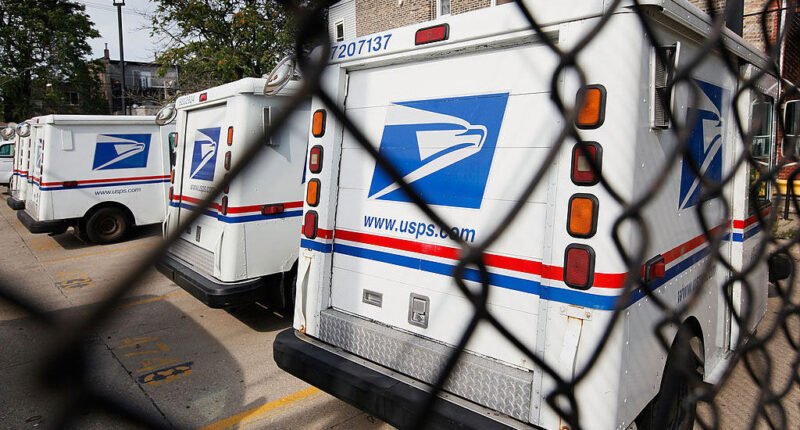Table of Contents Show
The U.S. Postal Service (USPS) has recently announced a temporary suspension of incoming parcels from China and Hong Kong, effective February 4, 2025. This decision has significant implications for consumers and businesses alike, especially those engaged in international e-commerce.
Understanding the Suspension
According to the USPS, this suspension applies solely to international package acceptance of inbound parcels from China and Hong Kong Posts. It’s important to note that the flow of letters and flats (mail up to 15 inches long or 3/4 inches thick) from these regions will not be impacted.
Background and Reasons Behind the Suspension
While the USPS did not provide a detailed explanation for this move, it coincides with recent policy changes by the U.S. government. Notably, President Donald Trump issued an executive order imposing a 10% tariff on Chinese goods and ending the “de minimis” exemption, which previously allowed tax-free entry for packages valued under $800. This policy shift has significant implications for e-commerce platforms like Shein and Temu, which have relied on affordable postal services to keep costs low.
Impact on E-commerce Platforms
The suspension is expected to affect popular e-commerce platforms that source products from China and Hong Kong. Companies like Shein and Temu, known for offering affordable products to U.S. consumers, may face logistical challenges and increased costs. Shein, which depends heavily on USPS for direct shipping, might encounter more significant hurdles compared to Temu, which utilizes a semi-consignment model. These companies may need to explore alternative shipping methods or increase their U.S. warehouse presence to mitigate the impact.
Historical Context: USPS and International Parcels
The USPS has a long-standing history of facilitating international trade through affordable shipping solutions. However, geopolitical tensions and policy changes have occasionally disrupted these services. The recent suspension reflects ongoing trade disputes and regulatory adjustments between the U.S. and China.
Alternatives for Consumers and Businesses
With the suspension in place, consumers and businesses should consider alternative shipping options. Private carriers like UPS and FedEx continue to operate and may serve as viable alternatives, though potentially at higher costs. Additionally, businesses might explore establishing or expanding U.S.-based warehouses to streamline distribution and reduce reliance on international shipping.
Table: Key Details of the USPS Suspension
| Aspect | Details |
|---|---|
| Effective Date | February 4, 2025 |
| Affected Regions | China and Hong Kong |
| Impacted Mail Types | Inbound parcels (packages) |
| Unaffected Mail Types | Letters and flats (mail up to 15 inches long or 3/4 inches thick) |
| Reason for Suspension | Aligns with recent U.S. policy changes, including new tariffs and the end of the “de minimis” exemption |
FAQs
A: The suspension aligns with recent U.S. policy changes, including the imposition of a 10% tariff on Chinese goods and the termination of the “de minimis” exemption, which previously allowed tax-free entry for packages valued under $800.
A: No, the suspension applies only to inbound parcels. Letters and flats (mail up to 15 inches long or 3/4 inches thick) from China and Hong Kong are not affected.
A: Consumers may experience delays and potential price increases when ordering from these platforms, as they seek alternative shipping methods or adjust their logistics to comply with the new regulations.
A: Yes, private carriers such as UPS and FedEx continue to operate and may serve as alternatives, though they may come with higher costs.
A: The USPS has not provided a specific timeline for lifting the suspension, stating it will remain in effect until further notice.
The USPS’s suspension of incoming parcels from China and Hong Kong marks a significant development in international shipping and trade. Consumers and businesses should stay informed about alternative shipping options and be prepared for potential delays and increased costs. As the situation evolves, staying updated with official USPS announcements and exploring alternative logistics solutions will be crucial.









